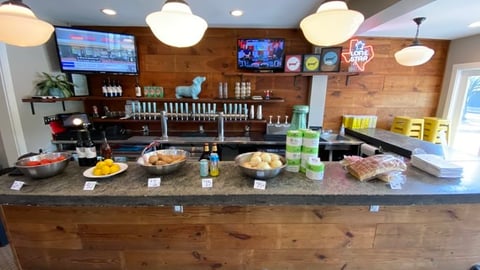Will Record Online Grocery Sales Continue After COVID-19?
Monthly users of online grocery delivery or pickup services have more than doubled since August 2019, according to the Brick Meets Click/ShopperKit Online Grocery Shopping Survey, conducted this week. The new research shows that 31% of U.S. households (about 39.5 million in total) have used ecommerce for groceries in the past month. In August 2019, that number was 13%.
COVID-19 is undoubtedly having an impact on these record levels. Of those surveyed, 26% say they're using online grocery delivery or pickup for the first time. For those 60 years or older, that rate jumps to 39%.
Due to the increased number of households using only grocery services and a jump in order rates, overall monthly order volume has surged 193% compared with August 2019 levels.
The rate of adoption likely will not slow anytime soon either, with 30% of respondents who have never used ecommerce for groceries saying they are either extremely likely or very likely to do so in the next three months if the crisis continues.
After the pandemic
Once stay-at-home orders are lifted, social distancing is less critical and the coronavirus is a thing of the past, will people continue using online grocery pickup and delivery? When asked how likely they were to continue using a specific online grocery service after COVID-19, 43% of the survey respondents indicated that they're either extremely or very likely to do so.
"This is a reflection of current circumstances,” said David Bishop, partner at Barrington, Ill.-based Brick Meets Click. “Some households are only using these online services temporarily until they feel comfortable shopping in stores again. Other households will continue shopping online for groceries but may choose to switch providers based on the quality of their experience.”
The Brick Meets Click/ShopperKit Online Grocery Shopping Survey was conducted online March 23-25, with 1,601 adults, 18 years or older, who participated in their respective households' grocery shopping.





